What kind of chimeras and monsters does the human imagination generate? But sometimes they acquire quite real forms, flesh and blood. 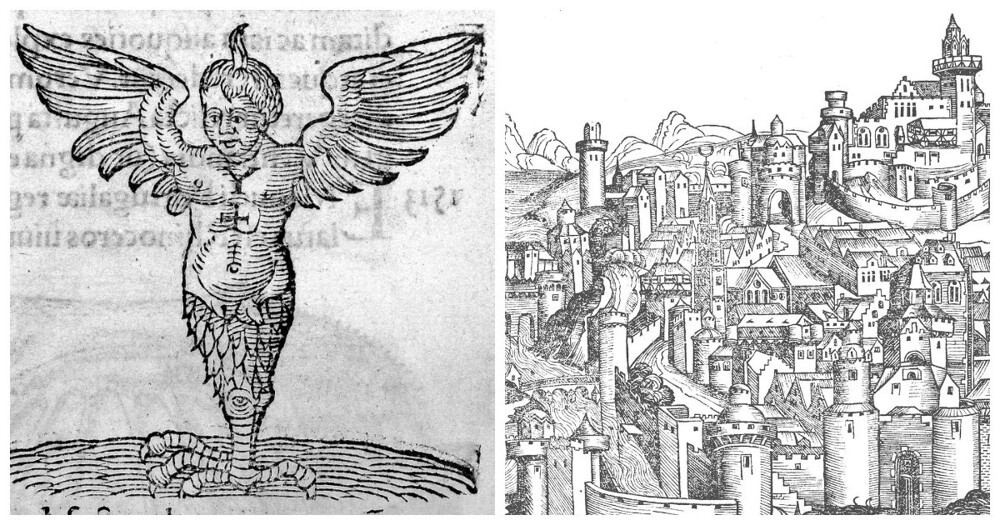
In March 1512, a respected Florentine pharmacist named Lucca Landucci made a very interesting entry in his diary. He described a monster born in Ravenna. 
Florence in the 15th century
According to the apothecary, the monster had one horn on its head, two bat-like wings and markings on its chest, a serpentine and hermaphroditic lower body, one eye located in the knee, and an eagle talon on its leg. 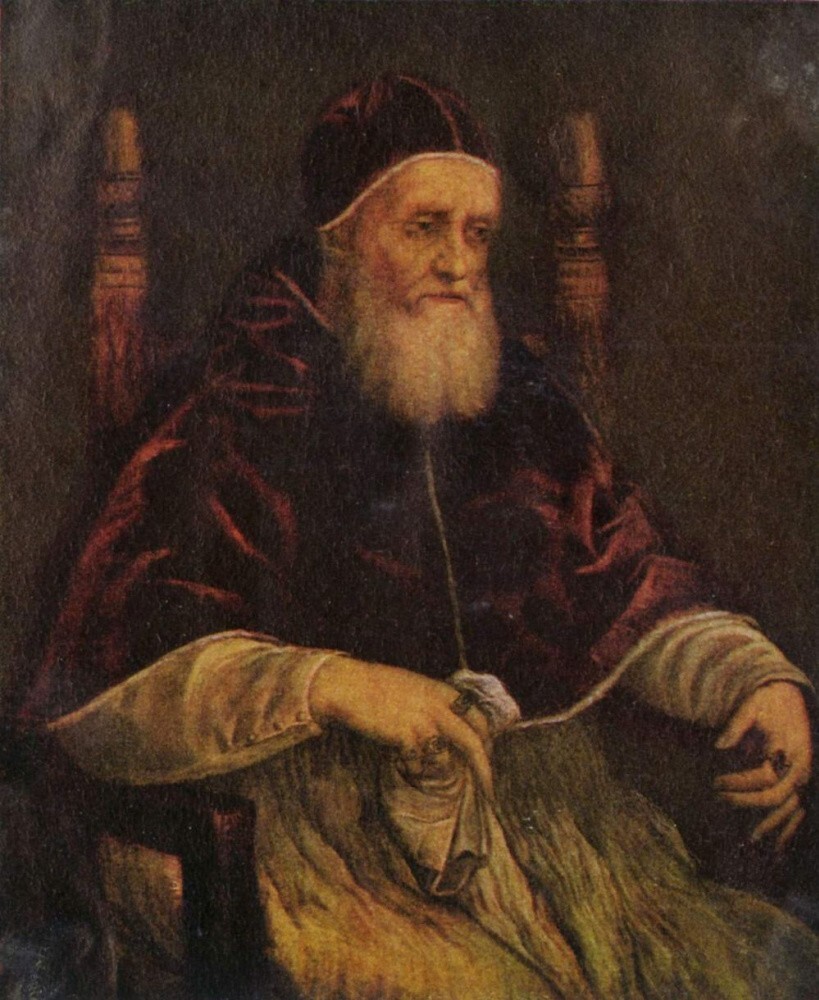
Pope Julius II
Although Landucci only saw a painting of this miracle, there is a fairly high probability that the creature was real. According to records, Pope Julius II ordered the creature to be starved to death. Landucci's account is one of the earliest reliable accounts of the mutant at the dawn of a new era of recognition and understanding, as well as an explanation of what was previously considered only witchcraft and diabolical machinations. 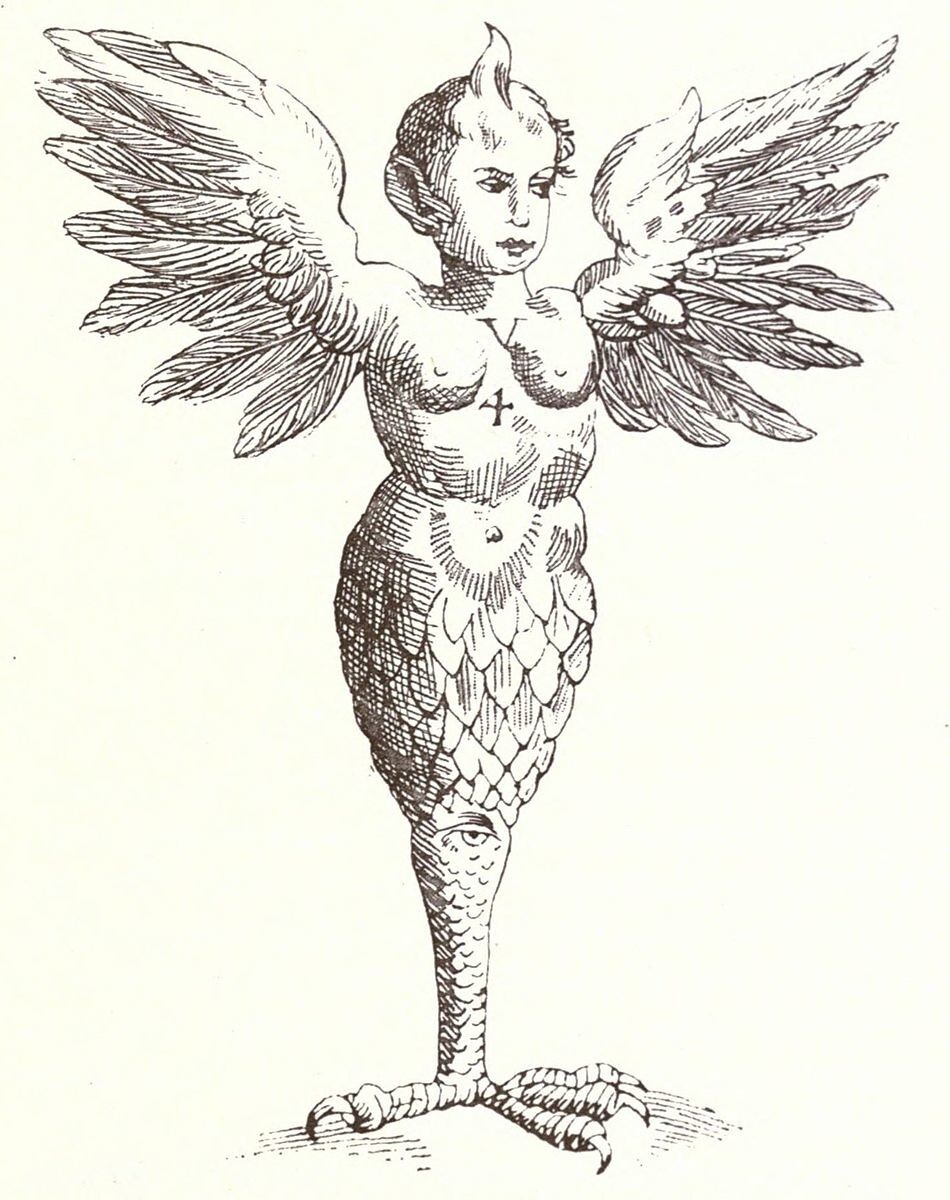
Image of the Monster of Ravenna
Rumors of the monster spread throughout Europe, accompanied by dozens of engravings and woodcuts. With each story and illustration, the monsters became more bizarre and creepy. When the Monster left Florence, he had two legs in the form of snake tails, and when he arrived in Paris, he only had one claw. 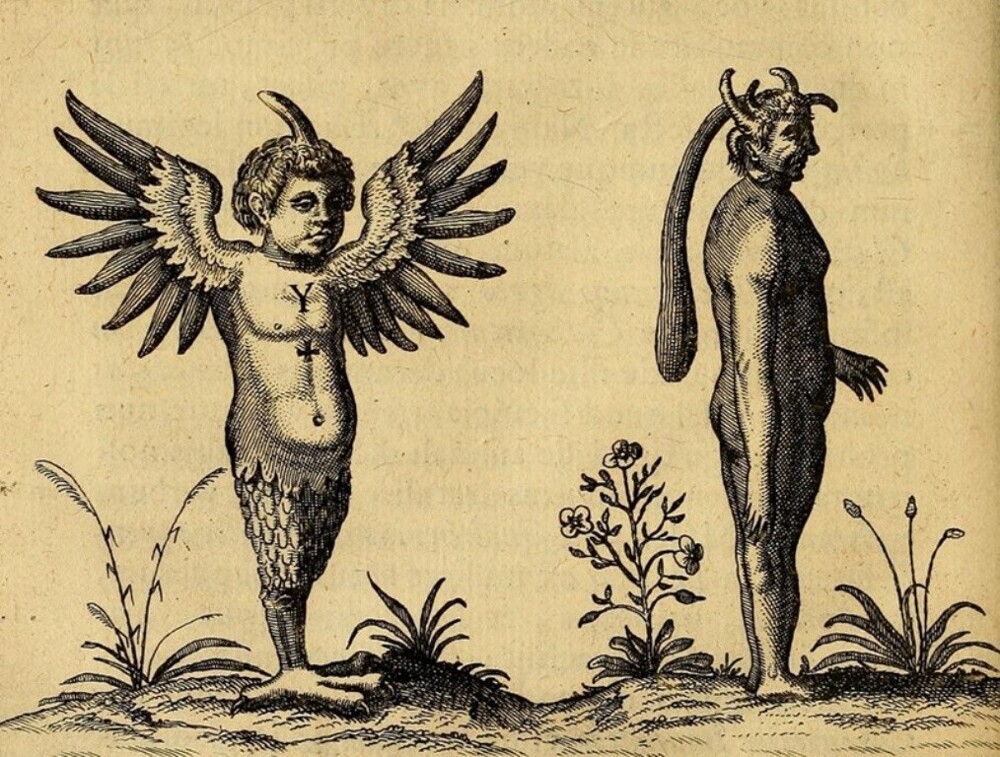
Depending on the story surrounding the Monster, its wings were either bat-like or angelic. Sometimes the monster was a saint, and sometimes it was the incarnation of the devil himself. 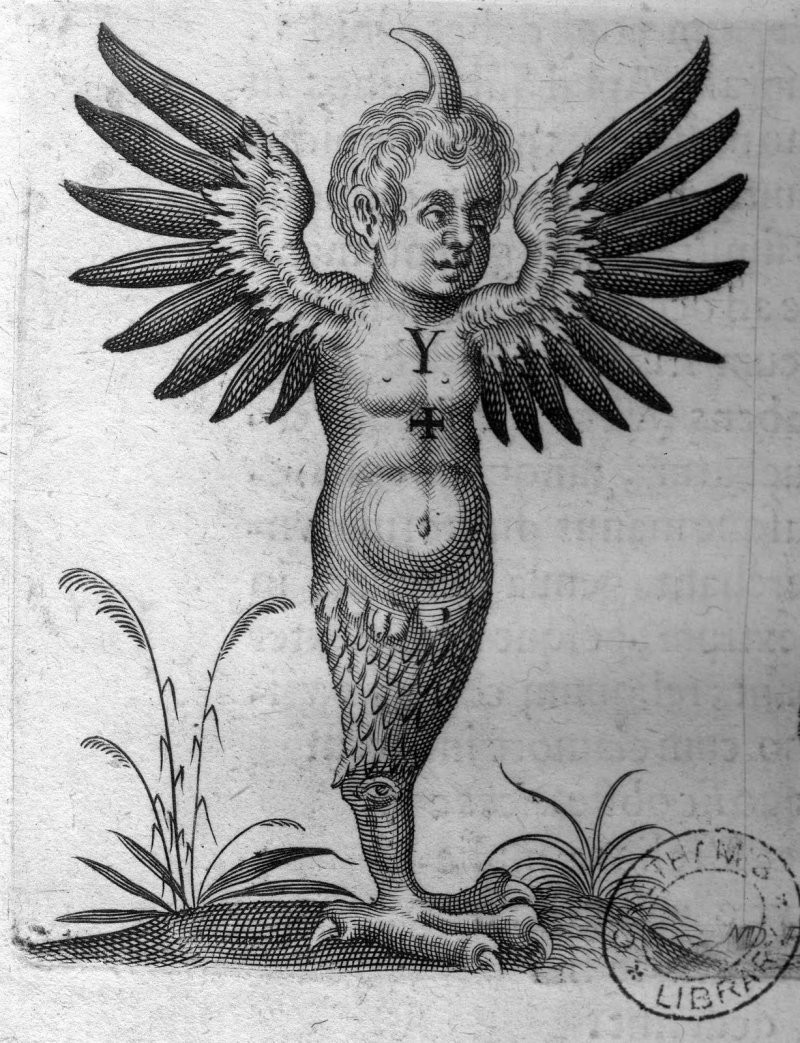
No one knows for sure who he really was, but he was almost certainly a child who was born with a severe and unusual genetic disease and, by a strange coincidence, survived. After his birth, people could not stop discussing the Monster. They wanted to see the illustrations. They wanted to hear stories. Even now, hundreds of years after that event, people continue to discuss this phenomenon. 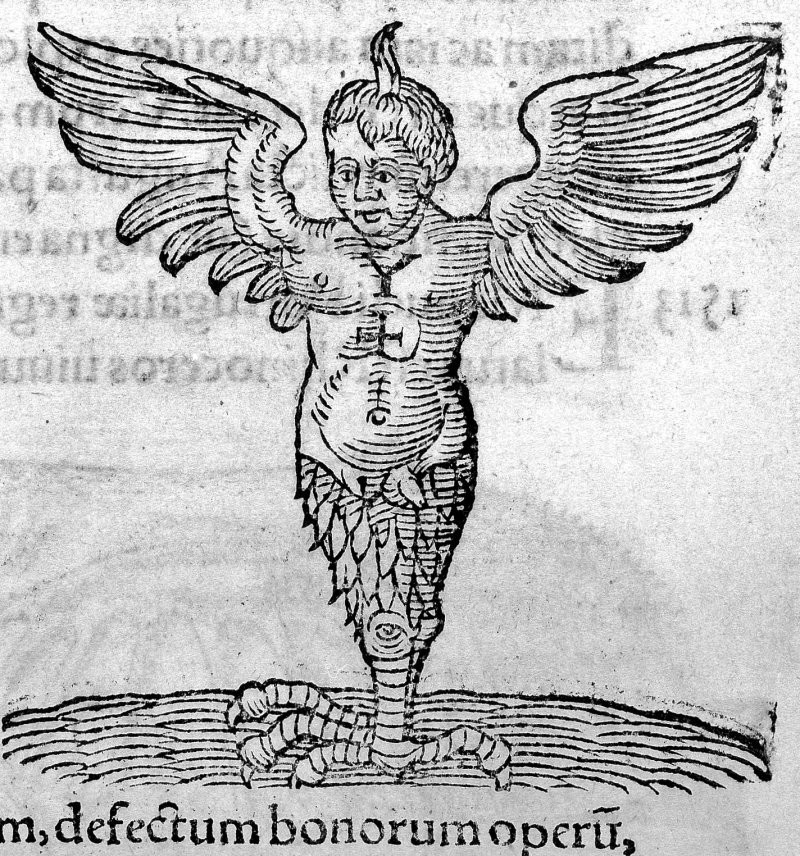
Humans are naturally curious and interested in miracles. But the riddle of the Ravenna monster can no longer be solved.
Add your comment
You might be interested in:
























